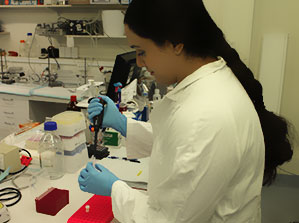
The current view of the Australian government is that there is no evidence for the existence of borreliosis (Lyme disease, Lyme Borreliosis or relapsing fever) in Australia. However, there is evidence of a Lyme-like disease, although the exact causative agent is not yet known. A fact sheet on Lyme disease is available on the NSW Health website.
Due to the hard work of the Foundation since its inception in December 2010, Tick borne illness issues are now being addressed by the Clinical Advisory Committee who advises the CMO of Australia, Prof. Chris Baggoley, Department of Health. See also Government Advisory Body.
By supporting the Karl McManus Foundation you will be helping us to achieve the following goals:
- The isolation of the causative agent of Lyme-like illness in Australia. Presentation of DNA evidence will enable the removal of barriers to recognition of Lyme-like disease in Australia. The Foundation is aware that research takes time but your donations will expedite this process.
- Provide avenues of training and further education to clinicians so that Australian sufferers can get appropriate diagnosis and treatment. This can involve travel fellowships for clinicians to undergo training overseas by Lyme disease specialists and making available global experts as plenary speakers to the annual Tick Borne Diseases Conference hosted by the Foundation.
- Encourage research into Lyme-like illness/borreliosis (Lyme disease, Lyme Borreliosis or relapsing fever) in Australia. The Foundation welcomes research proposals from medical research scientists.
- Support clinicians who contact the foundation to become familiar with signs and symptoms of Lyme-like illness.
These goals will ultimately lead to improve the health outcomes of affected individuals.
KEY AREAS OF RESEARCH
 Identifying the genetic sequence of Borrelia species found in Australia.
Identifying the genetic sequence of Borrelia species found in Australia.
This would allow design of selective DNA recognition primers that will detect the Australian species and confirm those patients that are infected.
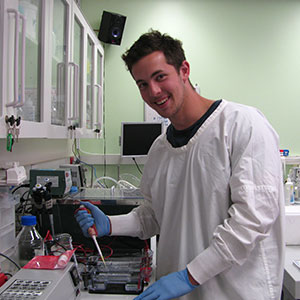 Isolating Australian Borrelia and maintaining it in viable culture.
Isolating Australian Borrelia and maintaining it in viable culture.
It is essential to show that inoculation of a host with the Borrelia strain found in Australia can produce disease.
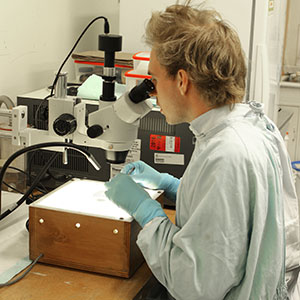 Identifying the ticks (vectors) that carry Borrelia and which species of Borrelia they transmit.
Identifying the ticks (vectors) that carry Borrelia and which species of Borrelia they transmit.
Previously in a study conducted at the University of Newcastle it was shown that Ixodes holocyclus, better known as the paralysis tick, carry a Borrelia species (Wills & Barry, 1991). This species needs to be identified. Further investigation of other tick species that may act as a vector for Borrelia is also required.
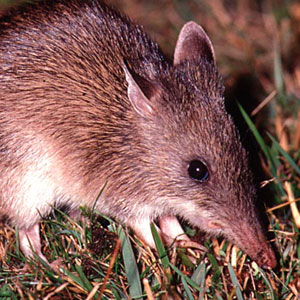 Identifying native Australian wildlife that act as a reservoir for Borrelia and which species of Borrelia they harbour.
Identifying native Australian wildlife that act as a reservoir for Borrelia and which species of Borrelia they harbour.
In two previous studies it was shown that bandicoots (long-nose), red and eastern grey kangaroos (Mackarras, 1959) and an Australian native rat (Carley & Pope, 1962) carry a species of Borrelia. It is important to investigate which native animals are a reservoir for Borrelia.
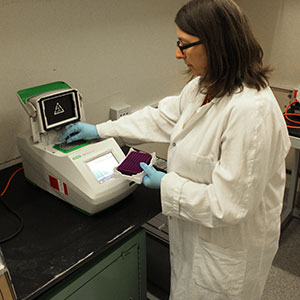 Improving diagnostic testing.
Improving diagnostic testing.
In recent years new diagnostic tests have been trialed for both American and European Borrelia species. It is of the utmost importance that we develop new diagnostic tests that target the Borrelia species found in Australia once identified.
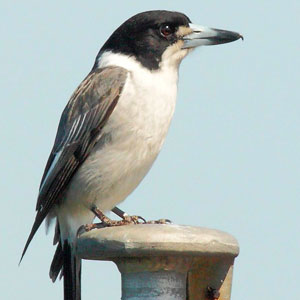 Identifying migratory birds that potentially transfer Borrelia.
Identifying migratory birds that potentially transfer Borrelia.
REsearching wether migratory birds may transfer Borrelia between Northern and Southern Hemispheres and which Borrelia species they harbor.
 Understanding the relationship between Borrelia infection and other diseases
Understanding the relationship between Borrelia infection and other diseases
such as amyotrophic lateral sclerosis (ALS/Motor Neurone Disease) (De Cauwer, 2009; Harvey & Martz, 2007; Quershi et al., 2009; Hansel et al, 1995; Halperin et al., 1990); multiple sclerosis (Brinar & Habek, 2010); Parkinson’s disease (Cassarina et al., 2003; Spitz et al., 2008); Alzheimer’s disease (Mattson et al., 2010; Miklossy, 2011; MacDonald, 2006; Mahashwari & Eslick; Bu et al, 2014); chronic fatigue syndrome (CFS/myalgic encephalomyelitis Gustaw, 2003), optic neuritis (Blanc et al., 2010) autism (Bransfield, 2008) and mitochondriopathy (Finsterer, 2004).
Publications listed above can be found in Information > Scientific Articles
KEY AREAS OF EDUCATIONAL AWARENESS
For the Australian Medical Profession
 Acceptance of a Lyme-like illness contracted by a tick bite in Australia.
Acceptance of a Lyme-like illness contracted by a tick bite in Australia.
The Foundation invites and supports clinicians treating patients with a Lyme-like illness to publish case studies.
 Epidemiology studies of Lyme-like illness/borreliosis in Australia.
Epidemiology studies of Lyme-like illness/borreliosis in Australia.
It is imperative that regions where clusters of people present with Lyme-like illness or borreliosis and other tick borne infections are identified. Educational programs for doctors practicing in these regions will be a priority for the Foundation to ensure patients are correctly diagnosed and treated.
 Improved treatment regimens for Lyme-like illness, borreliosis and other tick borne diseases.
Improved treatment regimens for Lyme-like illness, borreliosis and other tick borne diseases.
Treatment of these infections must be multi-factorial. To successfully treat a patient, it is critical to also treat other infections. Detoxification to overcome the Herxheimer reaction is essential in the recovery process especially in chronic Lyme disease. Strict monitoring and support of the patient during lengthy antibiotic treatment is critical. The Foundation invites clinicians to publish all current or novel treatments.
 Improving medical and associated care for chronic sufferers of Lyme-like illness/borreliosis (Lyme disease, Lyme Borreliosis or relapsing fever) in Australia.
Improving medical and associated care for chronic sufferers of Lyme-like illness/borreliosis (Lyme disease, Lyme Borreliosis or relapsing fever) in Australia.
Recognition and acknowledgement of borreliosis and other tick borne infections in Australia will allow patients to access existing treatment and services which at present are unavailable since many treatments do not qualify for rebates on either the Pharmaceutical Benefits Scheme (PBS) or Medicare. This will help to minimize the treatment costs.
